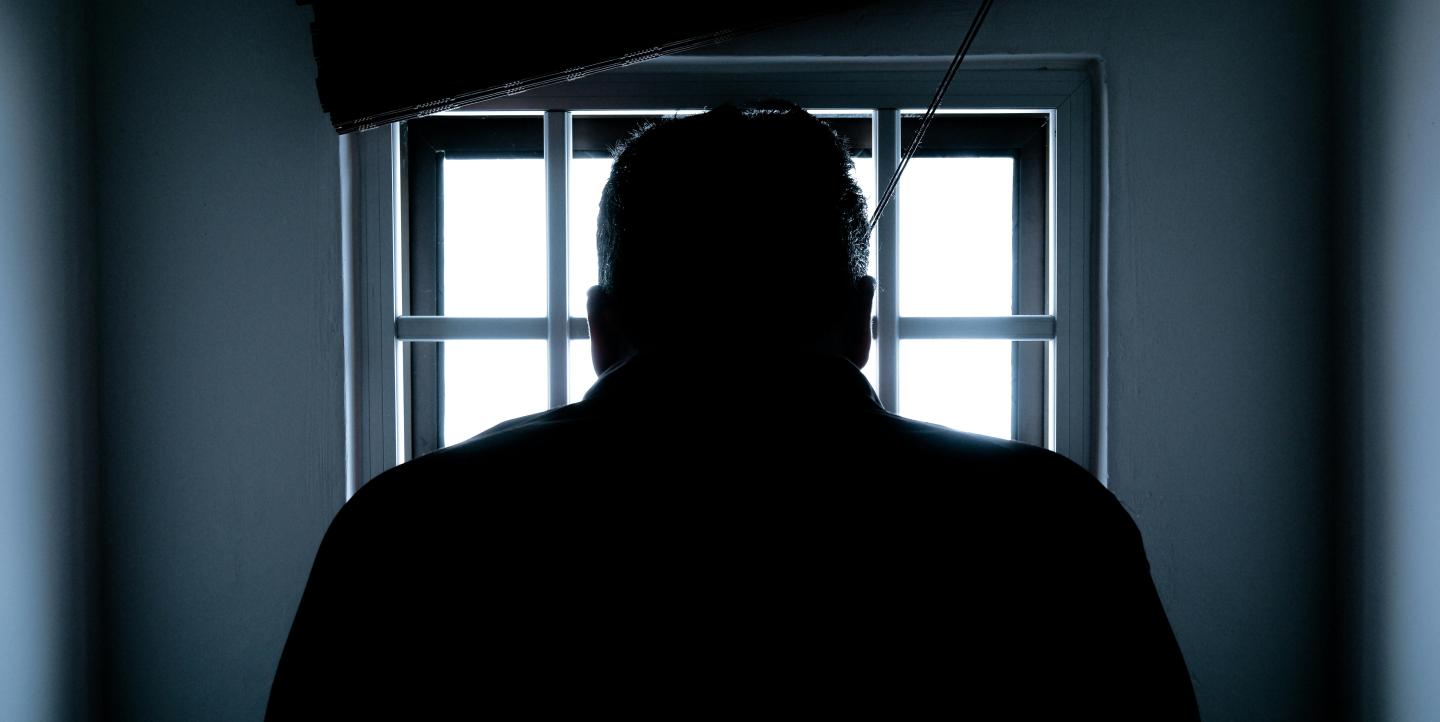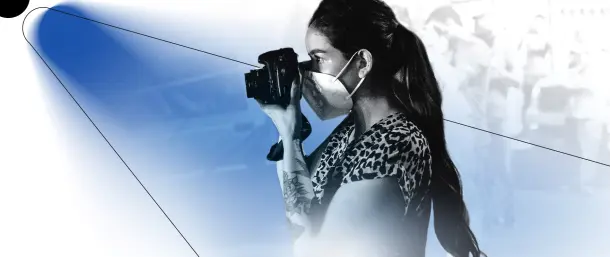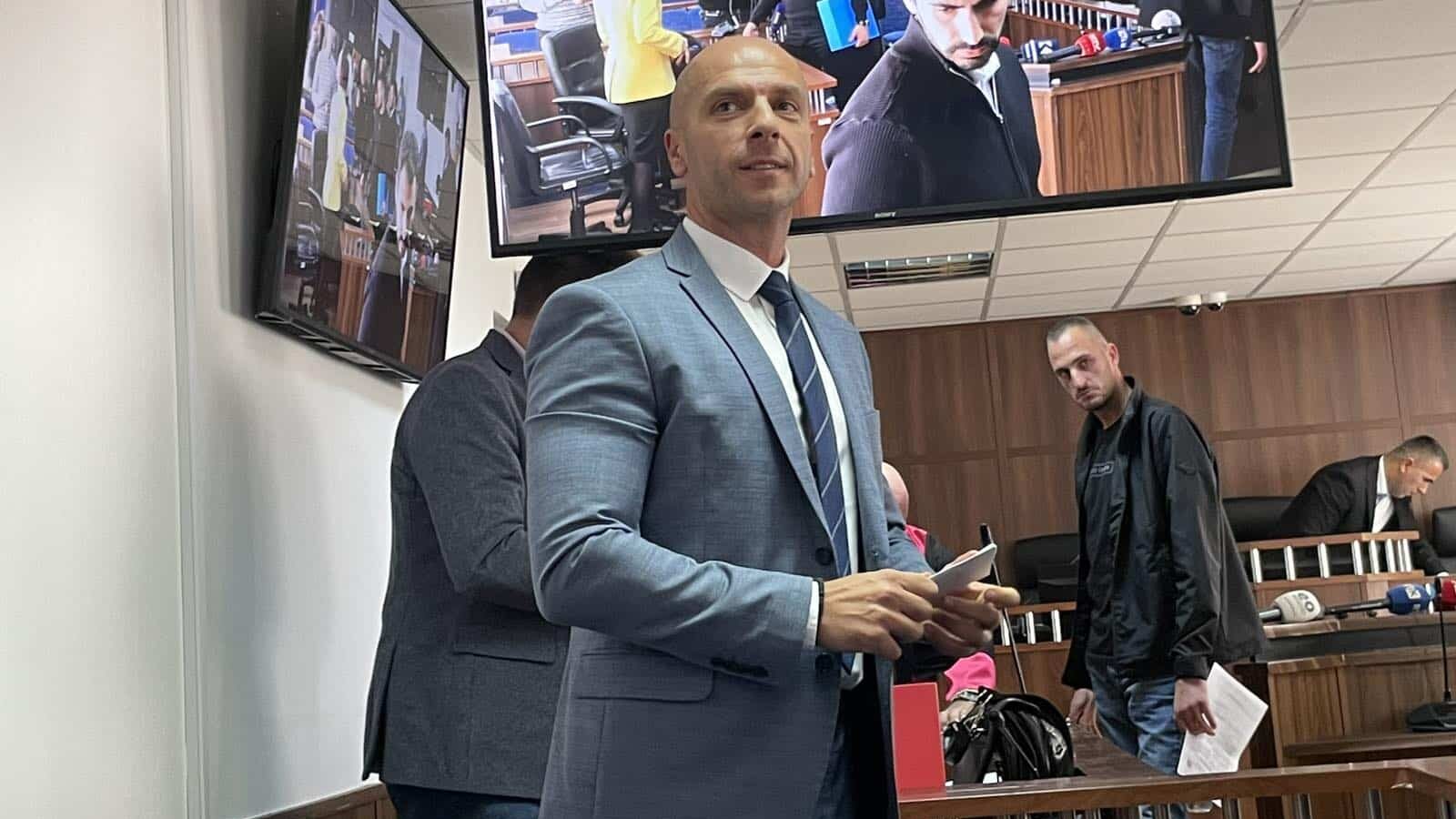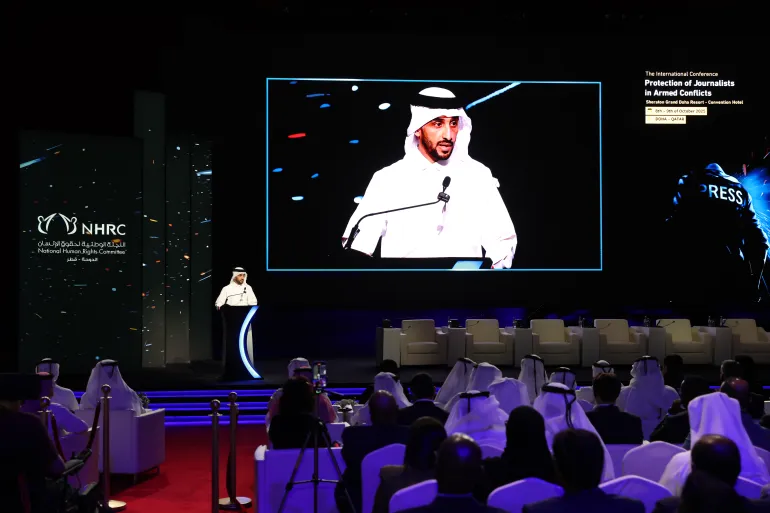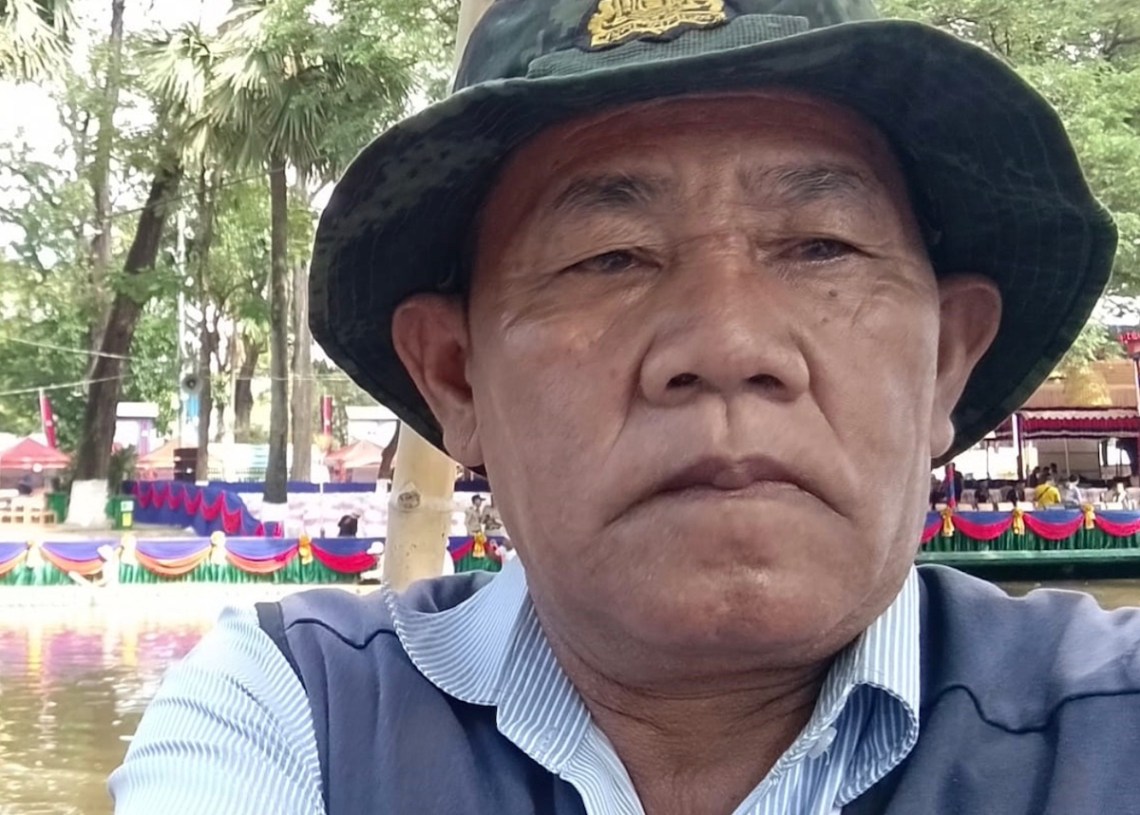
Cambodian Journalist’s Killer Sentenced, Marking Rare Victory for Press Freedom
June 10, 2025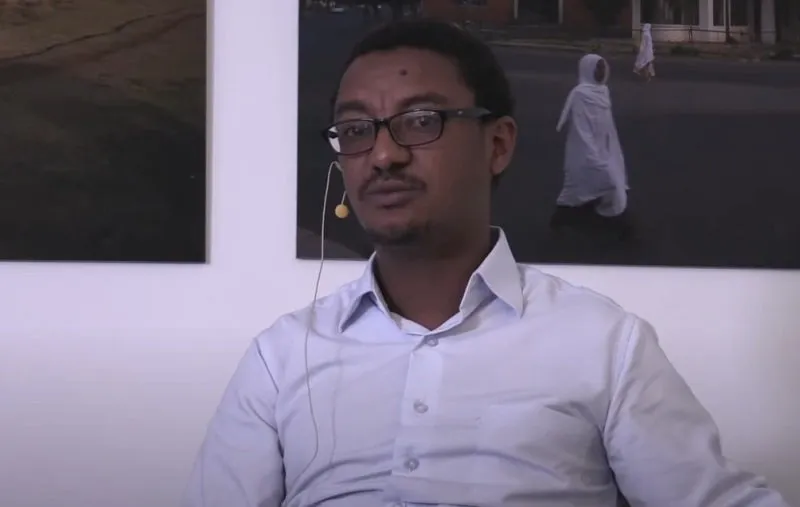
Ethiopian Authorities Detain Journalist Tesfalem Waldyes Despite Court-Ordered Bail
June 10, 2025June 10, 2025 –
Interviewing potentially dangerous individuals, such as armed actors, criminals, or volatile sources, poses serious risks for journalists. Both Journalism.co.uk and IJNet emphasize the importance of preparation, awareness, and ethical boundaries when navigating such encounters.
The first step is thorough preparation. Journalists should conduct a full risk assessment before setting out, considering the location, the subject’s background, and the broader context. Understanding the political, social, or criminal dynamics involved can help anticipate possible threats. Enrolling in hostile environment training and carrying a basic first aid kit are also recommended, especially in unstable settings.
During the interview, situational awareness is crucial. Experts suggest staying in a “Yellow” state—alert but calm—watching for signs of danger such as sudden movements, crowd agitation, or changes in the subject’s demeanor. Always have an exit strategy and avoid backing yourself into confined or unguarded spaces. Choosing a neutral, safe meeting location can significantly reduce risk.
What you wear also matters. Avoid flashy clothing, jewelry, or accessories that may draw attention or signal affluence. In some cases, discreet protective gear like body armor may be necessary. Never carry a weapon, as doing so can compromise your identity as a journalist and escalate tense situations.
Clear communication is essential. Journalists should identify themselves professionally, carry press credentials, and avoid confrontational language. If the subject becomes agitated, it’s better to de-escalate than to push for answers. Establishing clear ground rules and boundaries before the interview can also help minimize misunderstandings.
If interviewing survivors of violence or trauma, it’s important to begin with simple, factual questions and avoid emotionally manipulative tactics. Ethical interviewing not only protects the subject but can also prevent volatile reactions.
Emergency protocols—such as having a fixer, maintaining contact with your newsroom, and knowing nearby safe zones or hospitals—are vital. Ultimately, experts agree: no story is worth your life. If danger escalates, your safety must come first.
In high-risk situations, a careful blend of planning, alertness, ethical conduct, and support systems can ensure journalists do their jobs without endangering themselves or others.
Reference –

